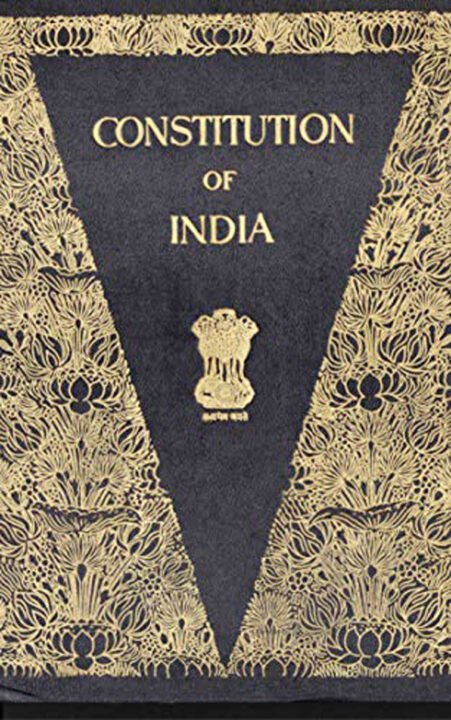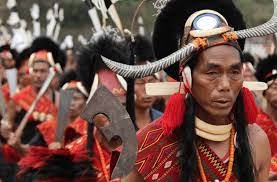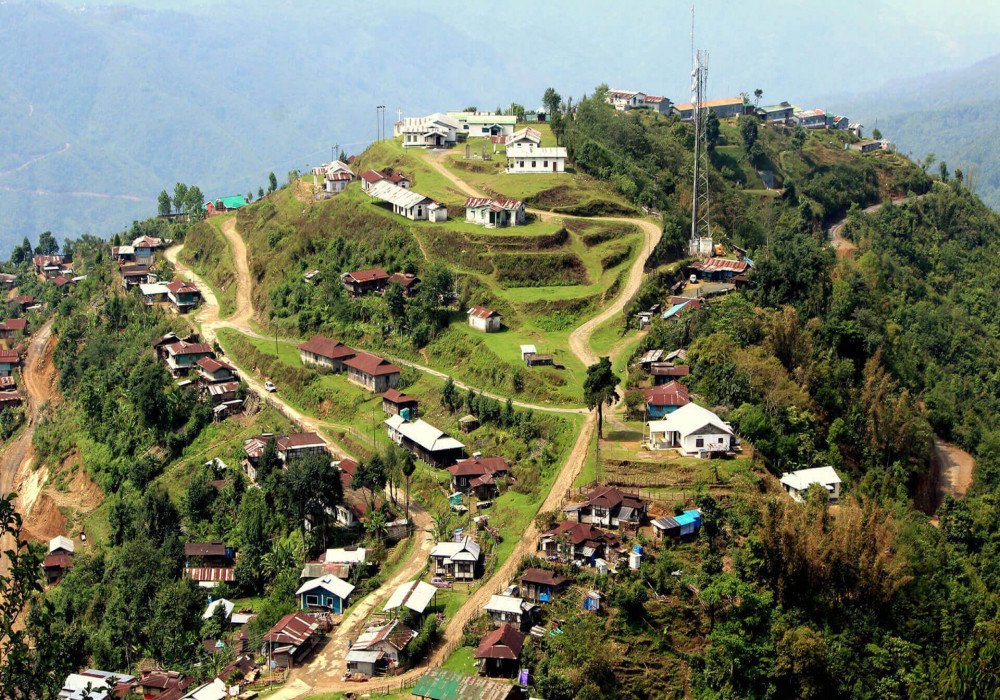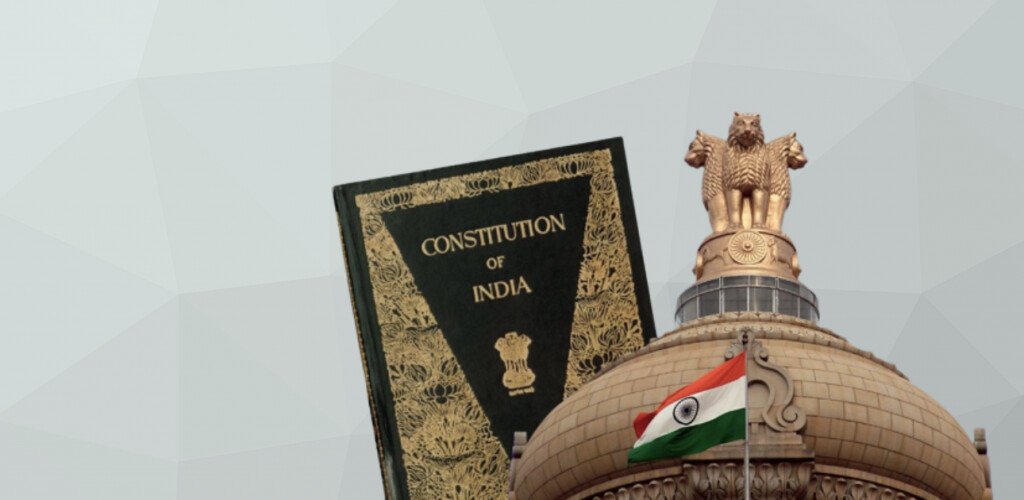By: Dr. Aniruddha Babar
India’s rich cultural tapestry is woven with the threads of countless languages, each representing a unique facet of its diverse society. Among these, indigenous Naga languages stand as reservoirs of history, tradition, and identity for their respective communities. At the heart of this linguistic diversity lies the Indian Constitution, a document that shapes the nation’s legal framework, principles, and values. However, as India continues its journey towards inclusivity and preservation of its indigenous languages, the need to translate the Constitution into Naga languages, exemplified by the context of Nagaland, emerges as a milestone in the preservation of these languages and the cultures they represent.
The Naga communities of Nagaland have a distinctive cultural identity that is deeply intertwined with their language. Language is more than just a means of communication; it serves as a repository of cultural nuances, social practices, and historical narratives. These languages encapsulate the essence of their heritage, carrying the wisdom of generations and reflecting their symbiotic relationship with nature. In a globalized world, the homogenizing forces of modernity threaten the very survival of these languages, urging for measures that can safeguard and rejuvenate them.
One powerful step towards the preservation of indigenous languages is the translation of the Constitution. The Constitution is not just a legal text; it is a social contract that outlines the rights, responsibilities, and aspirations of citizens. By translating it into Naga languages, a direct link is established between the foundational principles of the nation and the languages that are integral to the identity of indigenous communities. This serves to bridge the gap between the official legal framework and the lived experiences of these communities, fostering a sense of ownership and inclusion.
Nagaland, with its distinct history and challenges, exemplifies the significance of translating the Constitution. The translation of the Constitution into all the Naga languages would not only empower Naga people to comprehend their rights but also instill a renewed sense of pride in their heritage. Moreover, this act acknowledges the historical injustice suffered by the Naga tribes in the Eastern part of Nagaland under fractured governance and systematic apathy towards the ground realities of the region exhibited by the successive state governments of Nagaland and also their local legislative representatives which came to the throne from time to time in the last 60 years as knowledge of Constitutional Law empowers an individual to ask questions to the administration, their elected representatives in state legislative assembly and the ruling government to get their rights (if violated) restored through constitutional mechanisms.
The imperative to translate the Constitution into Naga languages like Tikhir, Khiamniungan, Sangtam, Chang, Konyak, Phom, Yimchung, Sumi, Zeliang, Rengma, Angami, Lotha, Aoetc, emerges as a crucial shield against the potential exploitation of the marginalized by the powerful echelons and chameleons of society. The linguistic divide has historically been exploited as a tool of control and manipulation, with the elite exploiting the information asymmetry to further their interests. By rendering the Constitution accessible in Naga languages, a transformative shift occurs, empowering the common Nagas to navigate the intricate legal landscape independently. This equips them with the knowledge of their rights, safeguards, and entitlements, which were once ensconced within the realm of the privileged few. In a society often characterized by imbalances in access to resources and opportunities, this translation initiative bridges the gap, catalyzing a level playing field. The translated Constitution becomes a potent instrument of empowerment, dismantling barriers that had perpetuated the cycle of exploitation. As the common Nagas grasp the legal avenues at their disposal, they can confront exploitation, demand accountability, and participate actively in shaping their collective destiny. This pursuit not only safeguards their socio-economic interests but also revitalizes indigenous languages, ensuring that these languages thrive as vessels of knowledge and empowerment. By amplifying the voices of the common Nagas and neutralizing the asymmetric power dynamics, this translation endeavour transcends linguistic realms, metamorphosing into a formidable bastion against exploitation and a cornerstone for a more just, equitable, and inclusive society.
Beyond the realms of identity and empowerment, translating the Constitution into Naga languages holds pragmatic value. It enhances access to justice and information for those who might not be fluent in the dominant languages like English or Hindi. It diminishes barriers that prevent individuals from fully participating in governance, education, and other essential aspects of modern society. This linguistic inclusivity aligns with the ideals of a democracy that strives to leave no citizen behind.
Furthermore, the translation of the Constitution can serve as a catalyst for revitalizing endangered Naga languages. It can spark interest among the younger generation to engage with their linguistic heritage, reversing the trend of language shift towards dominant languages. Educational institutions could integrate these translations into their curricula, fostering a holistic learning environment that nurtures both indigenous languages and the broader curriculum.
Challenges, however, lie on this path towards linguistic preservation. The task of translation demands careful consideration to ensure that the nuances of legal and constitutional language are accurately conveyed in Naga languages. This requires collaboration between legal experts, linguists, and community members, alongside an appreciation for the cultural contexts that shape these languages. The translations must be dynamic, adapting to evolving language norms while retaining the essence of the original text.
The translation of the supreme law of land-the Constitution in all the Naga languages will bring a new dawn in the life of the Nagas, especially among those who have been thrown to live on the margins, hence badly exploited by the highly educated, powerful elites and taken advantage of. The time has come to empower the most backwards, the most suffered, the poorest among the poor, the most disadvantaged among disadvantaged, the most forgotten among forgotten. Through translation of the Constitution of India in all the Naga languages, let us give power to the powerless and make them understand and believe that ONE PERSON IS ENOUGH TO CHANGE THE WORLD. The Constitution of India gives enough power to an individual to change his own life as well as the world he lives in.
Furthermore, as we all know, the complex texts of the Holy Bible have been successfully translated in all the Naga languages. Here, I wish to state that the translation of the Bible into all Naga languages highlights the dedication to preserving cultural and spiritual heritage. Similarly, if this commitment extends to religious texts, it is equally pertinent to translate the Constitution of India into Naga languages. Just as the Bible serves as a gateway-through the wisdom of GOD to heaven in the afterlife, the Constitution of India acts as a gateway to a fulfilling life on Earth, ensuring rights, opportunities, and justice. Both translations reflect a society’s reverence for its values and its constituents’ needs. The Constitution, a guiding document shaping the lives of citizens, should be accessible to all, fostering empowerment and inclusivity akin to the spiritual empowerment derived from religious texts.
In conclusion, the translation of India’s Constitution into Naga languages, as exemplified by the context of Nagaland, represents a significant milestone in the preservation of indigenous languages and the cultures they embody. This endeavour intertwines linguistic inclusivity, cultural revitalization, and democratic ideals. By empowering indigenous communities with access to their legal rights in languages they understand best, India takes a step forward in bridging historical gaps and fostering a more equitable and culturally rich society. This journey, though challenging, heralds a future where linguistic diversity is celebrated as a cornerstone of the nation’s unity. (The author is an academician in the Dept of Political Science, Tetso College, Nagaland)







